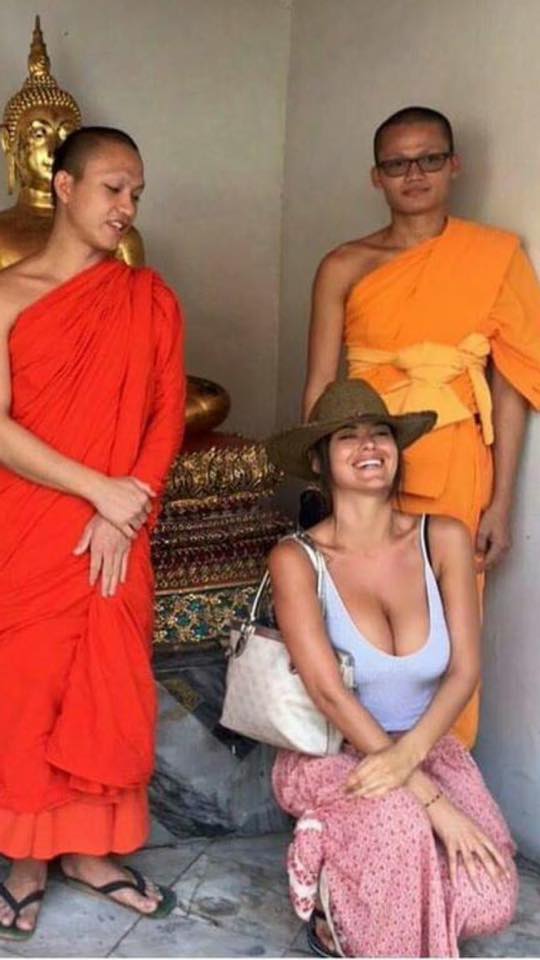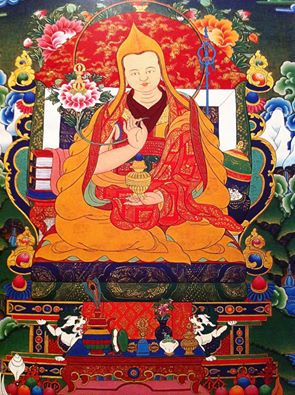
(Ngakpa or non-celibate tantric yogis from the Rebkong ngakmang or tantric community performing rituals at Rigzin Rabpel Ling in July 2016)
Existing readers of this blog will know that my PhD research is concerned with ngakpa and ngakma (sngags pa/ma, the name for make and female long-haired, non-celibate tantric Buddhist vow-holders, ritual specialists and yogis). Ngakpa have been a crucial part of Buddhism in Tibet since the point of its very inception in that country, yet there continues to be a lot of misunderstanding about who ngakpa and ngakma are, what they do, what vows they hold and what role they have had or should have in Tibetan communities.
Dr Nida Chenagtsang is a ngakpa, traditional Tibetan doctor, scholar and teacher who hails from Malho in Amdo, North-Eastern Tibet. As I have mentioned elsewhere, for many years, he and his brother have committed themselves to preserving and promoting the Ngakpa tradition of non-celibate tantric practice both in Tibet and beyond. Continue reading






